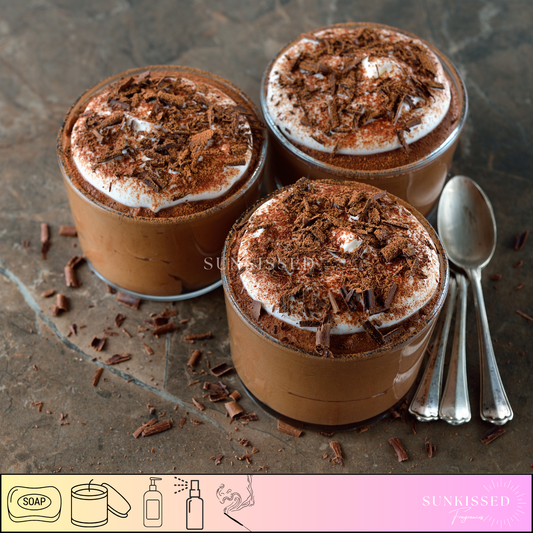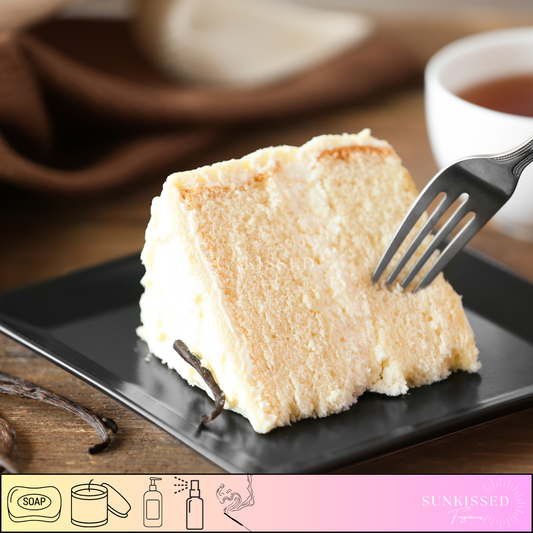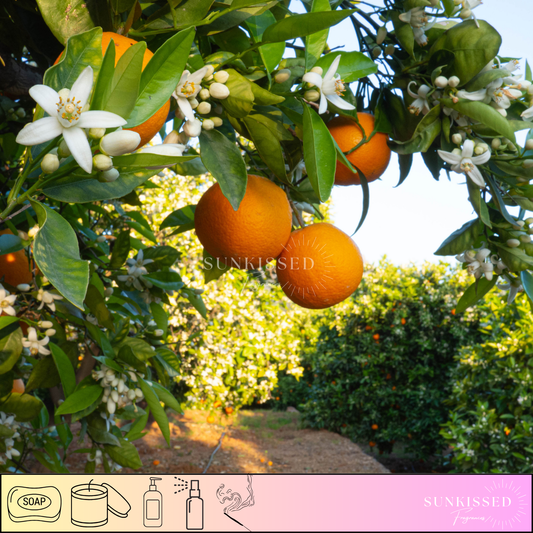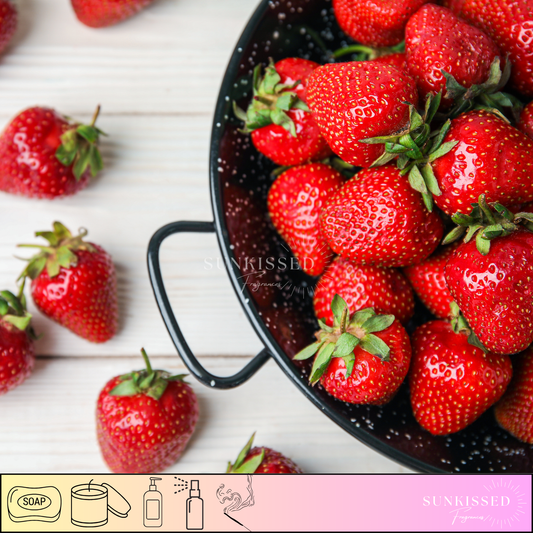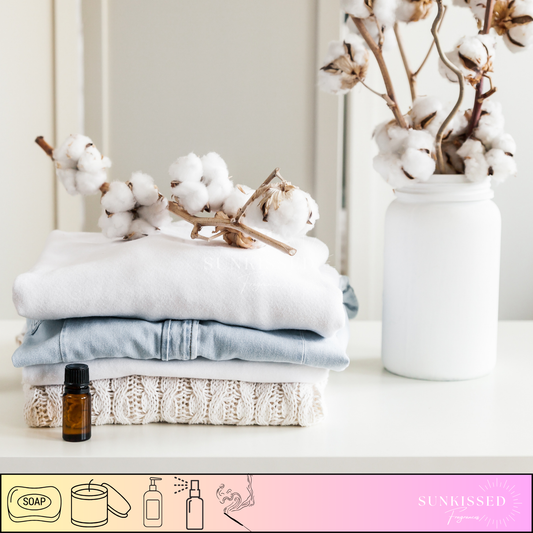
🌿 Reducing Waste in Product Production & Fulfillment
Estimated Read Time: 10–12 minutes
When you run a handmade product business, every material, container, label, and shipping box counts—not just for your budget, but for the environment. Reducing waste isn’t about perfection. It’s about making intentional choices in your production and fulfillment process that cut back on excess, save money, and show your customers that you care.
The best part? You don’t have to overhaul your business overnight. Even small shifts can lead to a major impact—especially when applied consistently.
In this post, we’ll cover:
- Why reducing waste matters for small handmade brands
- Common sources of waste (and what to do instead)
- Sustainable packaging and shipping ideas
- Inventory tips to reduce overproduction
- How to reuse, recycle, or repurpose materials
- How to talk about your efforts with customers
💭 Why Reducing Waste Should Be a Business Goal
Consumers today are paying more attention to how their products are made and shipped. In fact:
- A 2023 McKinsey study found that over 60% of U.S. consumers consider sustainability when making purchasing decisions.
- Many shoppers—even in budget categories—prefer products with eco-conscious packaging or responsible sourcing.
But beyond customer perception, reducing waste also helps you:
- Spend less on materials and shipping supplies
- Streamline your inventory and production
- Minimize storage space needs
- Avoid unnecessary markdowns or losses
- Create marketing opportunities around your sustainability efforts
Small brands have a unique edge here. You’re agile. You have control over your supply chain. And you can make changes faster than big corporations.
🚯 Where Handmade Businesses Often Generate Waste
Before you make changes, you need to know where the waste is coming from. Here are some common areas where handmade product businesses accidentally create more waste than needed:
1. Overordering Materials
Buying bulk supplies without a clear production plan can lead to expired, unused, or damaged inventory.
2. Overproduction
Making too much product “just in case” leads to spoilage, markdowns, or space issues.
3. Packaging Overload
Excessive wrapping, large boxes for small items, non-recyclable materials—these pile up fast.
4. Labeling & Branding Extras
Stickers, tissue paper, cards, and inserts that don’t serve a real purpose can be wasteful (and costly).
5. Shipping Mistakes
Returns due to damage or confusion can double your environmental impact for one order.
📦 Smarter Packaging = Less Waste + Lower Cost
Packaging is one of the easiest and most visible places to make eco-conscious improvements. Here are strategies that work:
✅ Use Right-Sized Boxes or Mailers
Shipping a lip balm in a box meant for a candle is wasteful—and costs more in postage and filler. Right-size your packaging to reduce excess.
✅ Choose Recycled or Compostable Materials
Opt for materials like:
- Kraft mailers
- Corrugated boxes with recycled content
- Compostable bubble mailers or shipping labels
- Paper-based dunnage instead of plastic fill
✅ Eliminate Unnecessary Inserts
Skip extra postcards, business cards, or tissue if they don’t add value. If you want to include branding, print directly onto the mailer or include a QR code.
✅ Encourage Reuse or Recycling
Add a short message to your packaging (e.g., “Please reuse or recycle this box”) to let customers know you care.
🧴 Cut Waste in Your Product Packaging
🧼 Label Smart
- Use waterproof labels that don’t need a secondary clear film
- Order in small batches if your formulas or scent lineup changes frequently
- Print batch info with a stamp or marker to avoid waste from pre-printed errors
💡 Consolidate SKUs
If you’re making similar products in multiple sizes or packaging formats, ask yourself:
- Are they all selling equally?
- Can I eliminate the slow movers to reduce complexity and waste?
Sometimes offering fewer, better-packaged choices leads to less waste and more profit.
📊 Make-to-Order or Small Batch Production
One of the best ways to reduce overproduction waste? Don’t pre-make everything.
Consider:
- A made-to-order model for certain scents or slow sellers
- Small batch releases that build hype and allow you to sell through quickly
- Limited-time seasonal collections to test demand before restocking
This reduces the risk of leftover product, wasted materials, and shelf life issues.
🔁 Reuse, Recycle, or Repurpose Materials
♻️ Reuse Options:
- Save bubble wrap and clean filler from supplier shipments
- Use slightly damaged boxes for local pickups or market sales
- Cut larger labels or paper scraps into sample cards
🪄 Get Creative:
- Turn broken jars or dented tins into testers
- Use misprinted labels for internal tracking
- Offer “imperfect” items at a discount instead of tossing them
Bonus: Show this process on social media to highlight your efforts and involve your community.
🗃 Inventory Management Tips to Avoid Overproduction
Efficient inventory planning = less waste and fewer markdowns.
Try This:
- Use a production calendar and batch log to track demand by month
- Review past sales data before seasonal launches
- Set a cap for limited-edition runs
- Track expiration dates on ingredients or prepped product
- Conduct a monthly supply and finished product audit
💬 Talk About Your Low-Waste Efforts with Customers
Transparency builds trust—and can even increase loyalty.
How to share your efforts:
- Include a note on your product or packaging: “We use 100% recycled kraft paper and minimal packaging to reduce waste.”
- Add a sustainability section to your FAQ or About page
- Use Instagram stories to show your reuse process
- Let customers know you welcome ideas or feedback on packaging and waste reduction
This turns your efforts into a brand differentiator—one that many shoppers will appreciate and remember.
✅ Final Thoughts
Reducing waste as a small handmade business isn’t about being perfect—it’s about being mindful. Every decision, from how much you produce to how you package your orders, adds up.
Start small. Choose the areas that make the most sense for your workflow and budget. And communicate with your customers along the way.
When you make sustainability part of your process—not just a marketing point—you build a business that’s better for your customers, your costs, and the planet.
📌 Tags:
Sustainable Packaging Eco-Friendly Fulfillment Reduce Product Waste Inventory Management for Makers Sustainability for Small Brands



